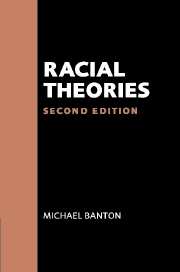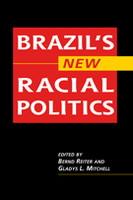Constructing Dialogue, Constructing Identites: Mixed Heritage Identity Construction in “Half and Half”Posted in Dissertations, Identity Development/Psychology, Literary/Artistic Criticism, Media Archive, United States on 2012-07-25 20:15Z by Steven |
Georgetown University
2009-04-16
55 pages
Anissa Jane Sorokin
A Thesis Submitted to the Faculty of the Graduate School of Arts and Sciences of Georgetown University in partial fulfillment of the requirements for the degree of Master of Arts in Language and Communication
This paper examines how mixed heritage authors featured in the book Half and Half use constructed dialogue, also known as reported speech, to construct their identities as bi-ethnic, bi-racial, and bi-cultural individuals. Constructed dialogue, which is often representative of previous social interactions, functions frequently as a tool for identity construction in a literary form, strongly suggesting that mixed heritage identity is in many ways formed through talk. Through constructed dialogue, narrators can explain how what was said has contributed to who they feel they are, and often allows them to portray themselves as agents who take an active role in forming identities. Authors use constructed dialogue to convey stances that signal distance from a group, alignment with a group, or a sense of living a dual-culture identity. The analysis of constructed dialogue in Half and Half adds to an understanding of how mixed heritage narrators see themselves in relation to the world around them, and vividly highlights the role words may play in the constructions of their identities.
Table of Contents
- 1. INTRODUCTION
- 2. LITERATURE REVIEW
- 2.1 Defining Reported Speech
- 2.2 Reported Speech as a Misnomer
- 2.3 Layers of Voices in Constructed Dialogue
- 2.4 Reported Speech and Identity Construction
- 2.5 The Importance of Context
- 2.6 What is Autobiography?
- 2.7 Some Notes on Ethnicity, Race, and Mixed Heritage People
- 3. METHODOLOGY
- 3.1 What Kind of a Book is Half and Half?
- 3.2 Data Collection and Analysis
- 4. DATA ANALYSIS AND DISCUSSION
- 4.1 What Are You? Where Are You From?
- 4.2 Questioning Authenticity
- 4.3 Identifying as the Other: Early Experiences with Racial Name-Calling
- 4.4 Constructing Mixed Heritage Identity Through Linguistic Features
- 5. CONCLUSION
- BIBLIOGRAPHY
Read the entire thesis here.

